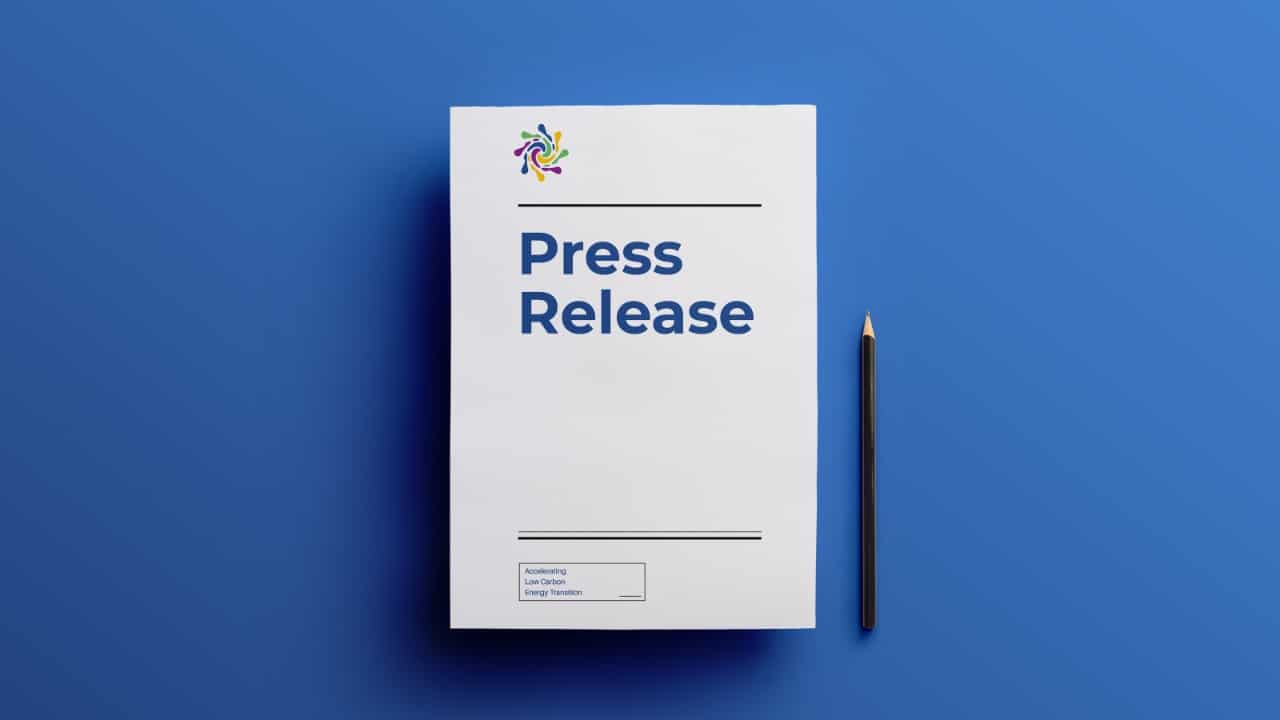
Jakarta, June 25, 2024 – The Government of Indonesia is drafting a Second Nationally Determined Contribution (SNDC) document that will be submitted to the United Nations Framework Convention on Climate Change (UNFCCC) in August 2024. The government signaled that the SNDC target would align with limiting the earth’s temperature to 1.5 degrees Celsius. The government revealed at least three changes in preparing the emission reduction target in the SNDC. The first used 2019 emission data as a reference base for measuring emission reductions. Second, updates on data collection, reporting, and verification transparency are needed. Third, emission reduction from the energy sector will be referred to as the National Energy Policy (KEN) RPP.
The Institute for Essential Services Reform (IESR), part of the civil society coalition that provided input for the preparation of the SNDC, considers that the change in the reference year for emission reduction and the strengthening of transparency aspects are steps forward. The calculation of emission reductions that no longer uses projected emissions without intervention or business as usual (BAU) but uses a reference year is a more actual and measurable approach because it is based on concrete historical data.
Regarding updating the SNDC transparency system, IESR believes that it needs to be implemented by setting clear and specific emission reduction targets per year. This emission reduction target must also cover all sectors and all types of greenhouse gases.
Referring to the recommendations of the Climate Action Tracker (CAT), of which IESR is a member, Anindita Hapsari, Agriculture, Forestry, Land Use, and Climate Change Analyst, IESR said the preparation of the SNDC target needs to refer to four aspects: ambitiousness, funding and equity, credibility, and transparency.
“The SNDC target must be aligned with the 1.5 degree Celsius scenario. The ambition and implementation must also be in line with the involvement of relevant stakeholders. However, the implementation of SNDC will take place in 2031-2035 while climate crisis mitigation must continue. For this reason, the government needs to evaluate and strengthen the Enhanced NDC (ENDC) target which will be implemented in 2025-2030,” Anindita explained at the Media Briefing “Civil Society Recommendations for Indonesia’s SNDC” organized by IESR (25/6/2024).
According to Anindita, the government needs to build credibility by ensuring the implementation of emission reduction targets that have been set. She emphasized that the government must adjust its strategy to close the gap between current emissions and the target by the 1.5 degree Celsius scenario.
“The government needs to identify and remove policies or regulations that are not in line with emission reduction goals and hinder the achievement of the 1.5 degree Celsius target,” Anindita added.
Akbar Bagaskara, Electricity System Analyst, IESR, underlined that emission reduction from the energy sector would be more measurable by setting a renewable energy mix target rather than using installed renewable energy capacity. Regarding setting emission reduction targets referring to the KEN RPP, Akbar encouraged the government to increase the ambition for emission mitigation, including in the electricity and transportation sectors.
“Emission reduction strategies in the power sector, such as equipping coal-fired power plants with carbon capture technology (CCS/CCUS), are not effective and efficient to achieve net zero emission (NZE). The biomass cofiring strategy needs to be reviewed. In addition to considering the fulfillment of raw materials that are projected to require a minimum of 2.33 million hectares of Energy Plantation Forest, verification of emission reduction claims must also be carried out by considering emissions from the life cycle of the biomass,” Akbar said.
In addition to the KEN RPP, Akbar emphasized the alignment of the New Energy and Renewable Energy Bill (EBET Bill) with SNDC objectives. The bill still includes new coal-based energy technologies, such as liquefied coal and gasified coal, to produce Dimethyl Ether (DME) as a fuel to replace LPG. This is counterproductive to energy transition and climate action ideas and goals.
Yosi Amelia, Forest, and Climate Program Staff, Yayasan Madani Berkelanjutan, explained that the forest and other land use (FOLU) sector is the most significant contributor to emissions at around 50.1 percent. The FOLU sector is expected to absorb more emissions than release them (net sink) by 2030 with the Low Carbon Compatible with Paris Agreement (LCCP) scenario to achieve zero emissions by 2060 or sooner. Yosi encouraged the government to expand and strengthen community-based forest management.
IESR together with several civil society organizations have developed several sectoral recommendations that need to be considered by the Government of Indonesia in preparing the SNDC document. The organizations involved in developing the recommendations are ICCAS, Yayasan Rumah Energi, CIPS, Koaksi Indonesia, Yayasan Madani Berkelanjutan, Yayasan Humanis, Yayasan Indonesia CERAH, Nexus3, YPBB, and IESR. The civil society coalition has submitted the sectoral recommendations to the relevant ministers or heads of institutions in November 2023. The sectoral recommendations can be found at s.id/RekomendationSNDC.

